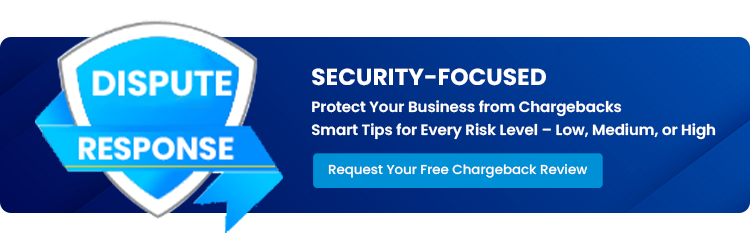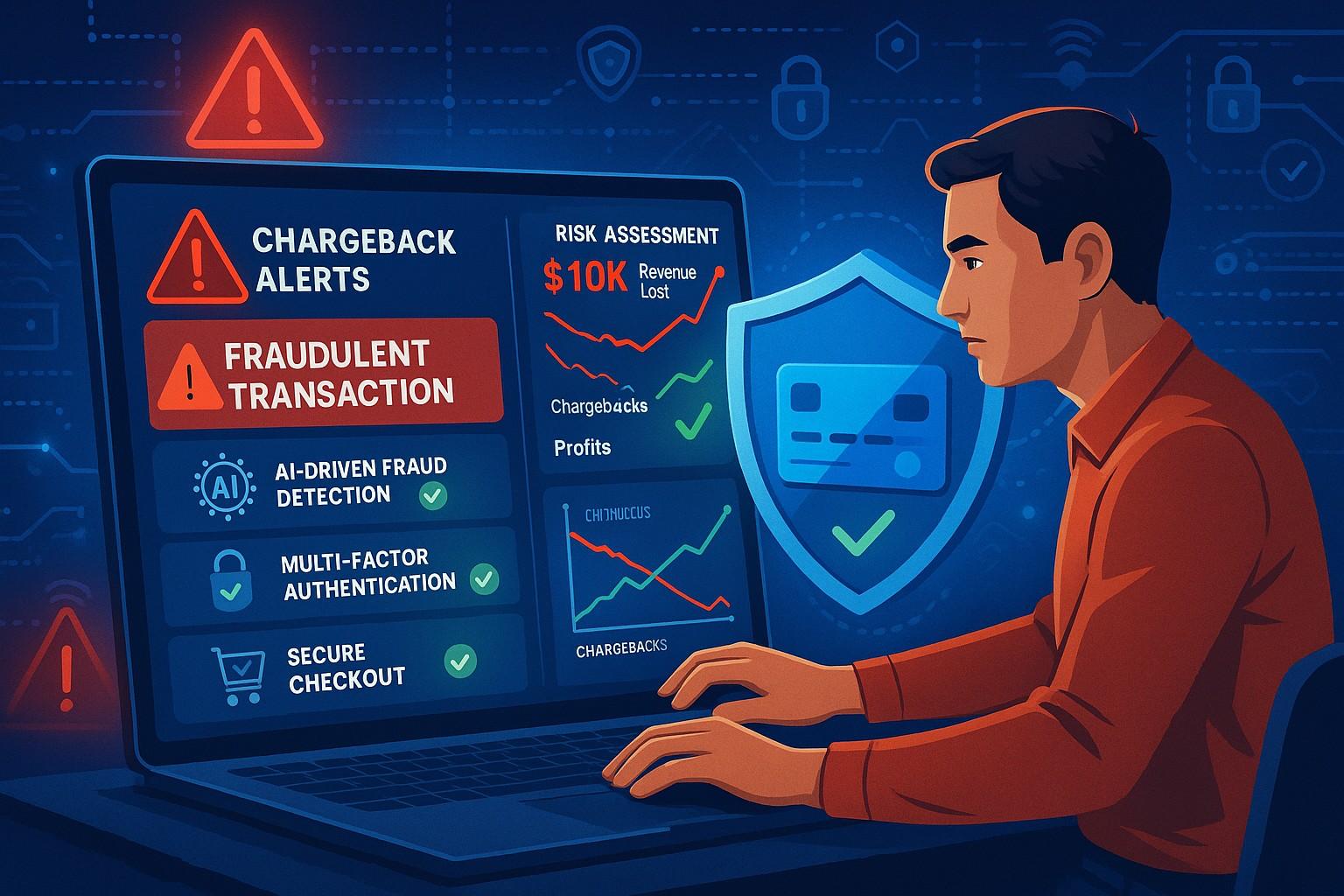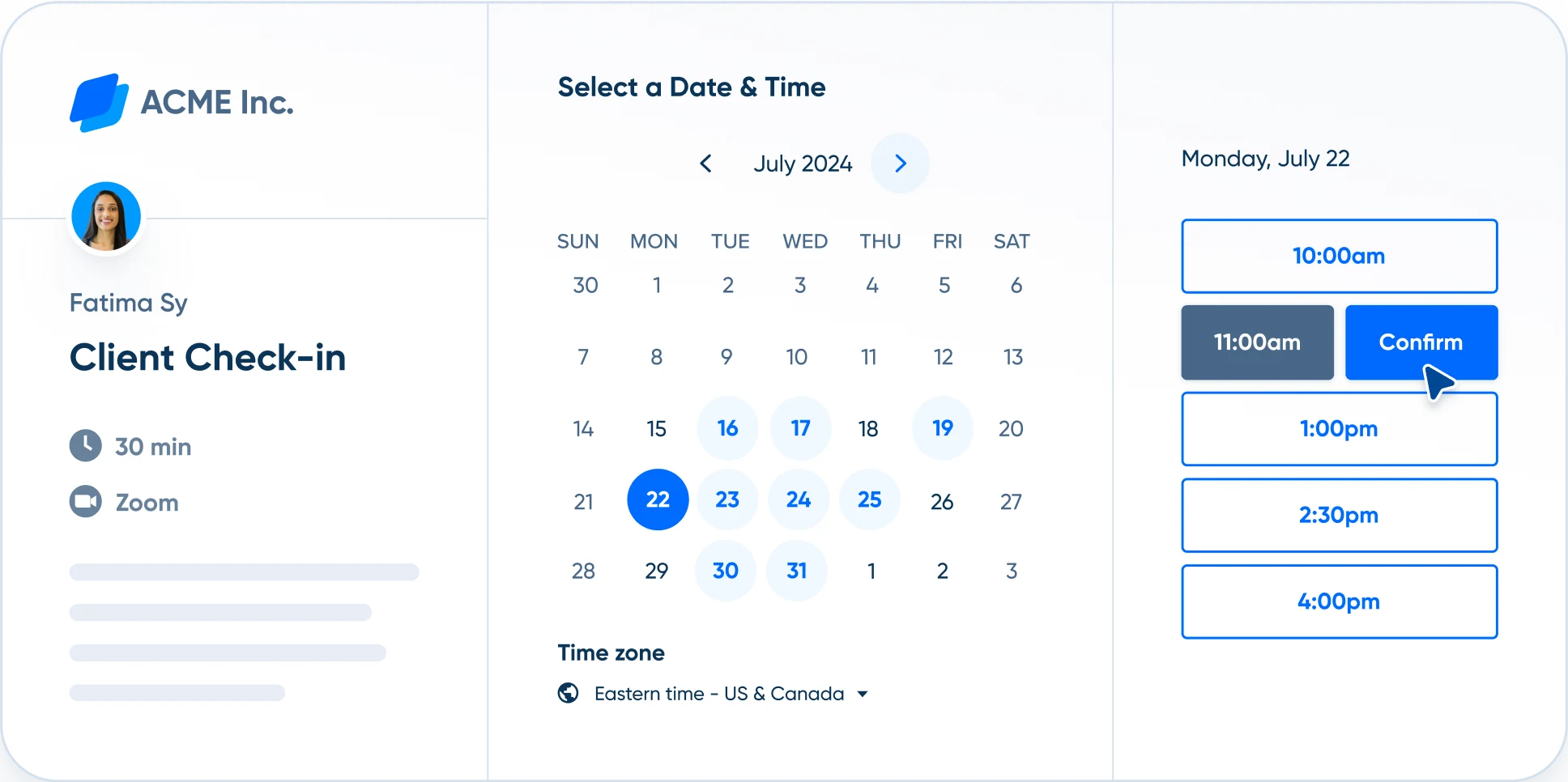Chargeback Management Services - Dispute Response Sep/ 1/ 2025 | 0
Chargebacks are an ongoing threat to U.S. businesses in 2025, with the potential to drain your resources and damage your reputation. To safeguard your business from the growing risk of chargebacks, it’s crucial to implement effective fraud prevention measures. This comprehensive guide will show you how to shield your business from these costly disputes.
What Are Chargebacks and Why Are They Dangerous?
A chargeback occurs when a customer disputes a transaction, forcing you to return the funds to them. In 2025, businesses in the U.S. face an alarming rise in chargeback incidents, which can result in financial losses, damage to your merchant account, and increased scrutiny from payment processors.
Common Causes of Chargebacks in 2025
Understanding the root causes of chargebacks is essential for preventing them. Some common causes include:
- Fraudulent Transactions: Stolen credit card information used for unauthorized purchases.
- Customer Disputes: A misunderstanding or dissatisfaction with the product or service.
- Clerical Errors: Incorrect billing information, duplicate charges, or shipping delays.
- Friendly Fraud: When a customer falsely claims they didn’t make a purchase.
How to Protect Your Business from Chargebacks
1. Implement Strong Fraud Detection Tools
Utilize advanced fraud detection software to identify suspicious transactions before they’re processed. Machine learning tools and AI-powered solutions can spot patterns indicative of fraud, reducing the chances of chargebacks.
2. Enhance Your Customer Service
A solid customer service team can help resolve disputes before they escalate into chargebacks. Provide clear communication, easy return policies, and prompt responses to customer inquiries.
3. Use Secure Payment Gateways
Ensure that your payment processing platform complies with the latest security standards. Use secure payment gateways with encryption to protect sensitive customer information from fraud.
4. Provide Detailed Product Descriptions
Clear and comprehensive product descriptions can help customers understand exactly what they are purchasing, reducing the likelihood of disputes. Also, ensure that your shipping and refund policies are transparent.
5. Monitor Chargeback Data
Keep a close eye on your chargeback ratios and trends. If you see an increase, investigate the underlying causes and take immediate action to prevent further chargebacks.

Email us anytime!
Email customer service 24/7

Call us anytime!
Reach customer care 24/7 at +1 (888) 927-5152
Steps to Take After a Chargeback
If you do receive a chargeback, it’s important to respond quickly and effectively. Follow these steps:
- Review the Dispute: Analyze the reason for the chargeback and gather supporting evidence, such as transaction details and customer correspondence.
- Submit a Representment: If you believe the chargeback is unjust, submit a representment with the relevant documentation to dispute the chargeback.
Appeal if Necessary: If the initial representment is unsuccessful, you can appeal the chargeback through the relevant channels provided by your payment processor.


